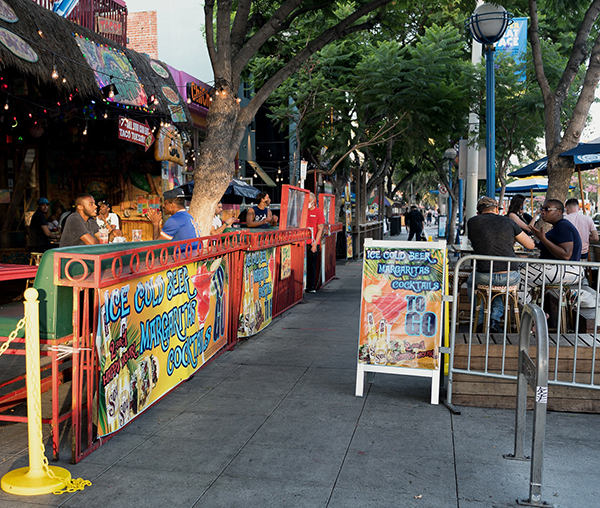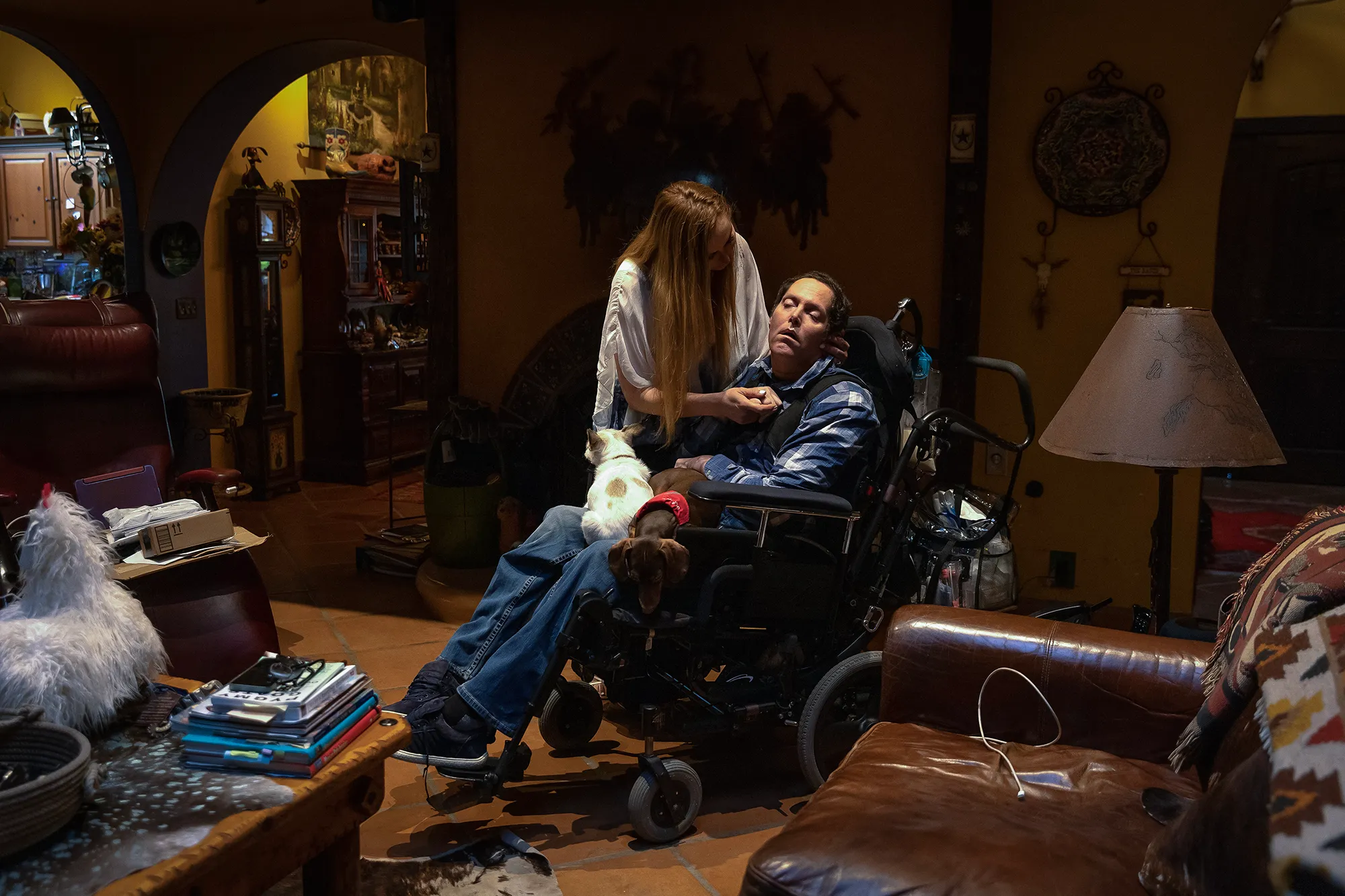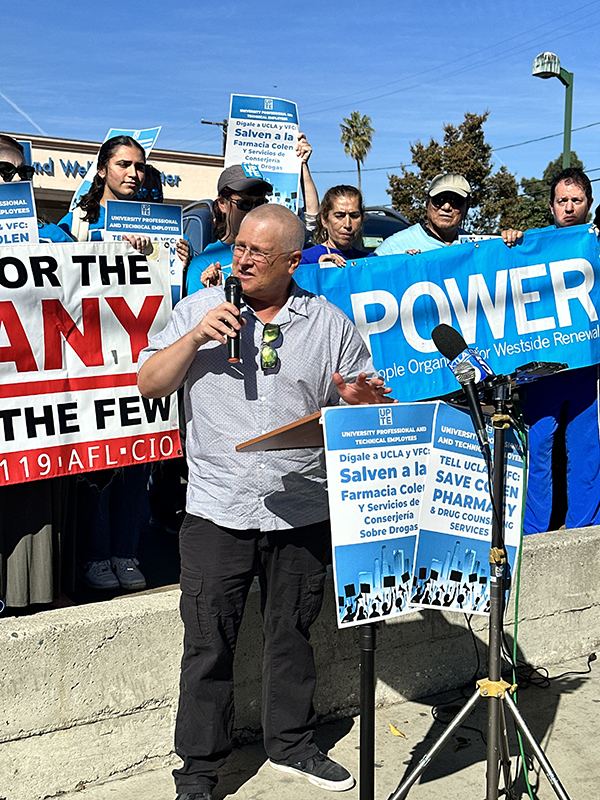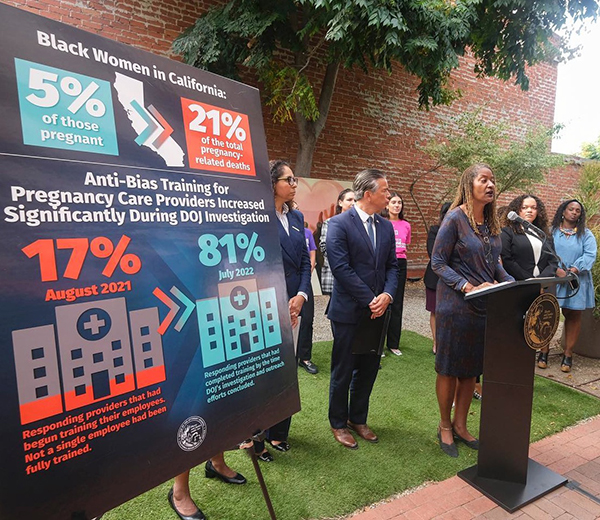Wave Wire Services
LOS ANGELES — Outdoor restaurant dining will resume in Los Angeles County Jan. 29, but the county has permitted personal care businesses such as barber shops, hair salons and nail salons to resume indoor services at 25% of capacity following the lifting of all regional stay-at-home orders by state health officials Jan. 25.
Churches are still restricted to outdoor services only, while outdoor card rooms and outdoor recreation centers such as mini-golf courses and batting cages can resume at 50% of capacity. Fitness centers will still be restricted to outdoor operations only.
County Public Health Director Barbara Ferrer, however, warned that if the county begins to see its COVID-19 case numbers and hospitalizations spike upward again, businesses could be closed again.
“This all depends on all of us,” Ferrer said. “If in fact we go back with our reopenings, people aren’t in fact able to adhere to the rules, we have a lot of problems and an increase in outbreaks, we’ll be in the horrible position of needing to once again backtrack. So this is up to all of us.
“We think we’re definitely on the decline. Our cases are dropping, our positivity rate is dropping. We feel confident that the restrictions that are in place will help us continue recovery, but only if everyone adheres to the restrictions in place,” Ferrer added.
The lifting of stay-at-home orders applies to all regional stay-at-home orders, including in the 11-county Southern California region.
The lifting of the stay-at-home order returns California to the color-coded economic reopening matrix that categorizes the state’s 58 counties in one of four tiers based on the level of virus spread. Los Angeles County, like the vast majority of counties, is in the most restrictive “purple” tier of that matrix.
Although counties can enact restrictions tougher than those outlined by the state, Board of Supervisors Chair Hilda Solis said the county will align with the state’s guidelines and will allow outdoor dining at restaurants to resume at 50% of patio occupancy when a new health officer order is enacted Jan. 26.
“But please don’t take this news to mean that you can return to a life of normalcy,” Solis said. “Masks, physical distancing and limiting activities are still key to getting out of this pandemic till we can get everybody vaccinated. We are not in the clear. … The Super Bowl, as you know, is coming up and we’ve seen what happens when other sporting events take place and people gather in others’ homes. Please resist that urge.”
The state’s regional stay-at-home order was imposed in Southern California Dec. 6 when intensive-care unit capacity in the 11-county area dropped below 15%. The regional capacity subsequently dropped to an adjusted 0%.
But state officials said Monday that with hospitalization numbers trending downward, four-week projections now indicate ICU capacity will rise above the 15% threshold, even though the current regional capacity is still listed at 0%. In fact, the state estimates the Southern California ICU capacity will reach 33.3% by Feb. 21.
“Californians heard the urgent message to stay home as much as possible and accepted that challenge to slow the surge and save lives,” said Dr. Tomas Aragon, director of the state Public Health Department. “Together, we changed our activities knowing our short-term sacrifices would lead to longer-term gains. COVID-19 is still here and still deadly, so our work is not over, but it’s important to recognize our collective actions saved lives and we are turning a critical corner,” Aragon added.
County Supervisor Kathryn Barger issued a statement supporting the lifting of the state order, and backing the reopening of “outdoor dining, personal care services and other industries that were previously closed by these orders.”
“A data-driven and pragmatic policy approach is essential to protecting public health, while balancing the devastating social, emotional and economic impacts of this virus,” she said.
Supervisor Janice Hahn agreed, saying, “We should align ourselves with the state as much as possible, which means, among other things, reopening outdoor dining with commonsense health protocols in place as soon as possible. The restaurant industry was devastated by this lengthy shutdown and I know this would be welcome news to them.”
The county’s COVID-19 numbers have been improving recently, with the rate of new daily cases dropping and hospital populations dropping slowly. The rate of people testing positive is also dropping.
Deaths, however, have remained high, with the county reporting more than 200 fatalities most days last week.
The county reported only 46 deaths Jan. 25, but Ferrer said that low number is due to “a lag in reporting from the weekend.” She said that given the still-elevated hospitalization numbers, the number of deaths is likely to remain high in the coming weeks.
The 46 deaths raised the countywide total from throughout the pandemic to 15,314.
Los Angeles County also announced 6,642 new COVID-19 cases, pushing the overall pandemic total to 1,079,645. Ferrer noted that Jan. 26 marked the one-year anniversary of the first COVID-19 case being reported in the county.
According to the state, there were 6,307 people hospitalized with COVID-19 in the county as of Jan. 25, including 1,565 in ICU. The county had been reporting hospital numbers topping 8,000 at the beginning of the month.
Meanwhile, COVID-19 vaccination efforts were continuing at a slower pace than desired, thanks to limited supplies of the vaccine. Ferrer said all vaccination appointments for the rest of this week were already full at county-operated vaccine sites.
Appointments can be booked at vaccinatelacounty.com, which is now linked with a new state MyTurn website that allows residents to register for notifications about when they will be available to receive a shot.
Ferrer said that as of Jan. 12, the county had received 685,075 doses of the vaccines, and had administered 525,747 of them. As of the end of last week, the county had received a total of 853,650 doses, and it expects to receive another 143,900 more this week — but the vast majority of those will be reserved to provide second doses to people who had already received the first dose of the two-dose regimen.













